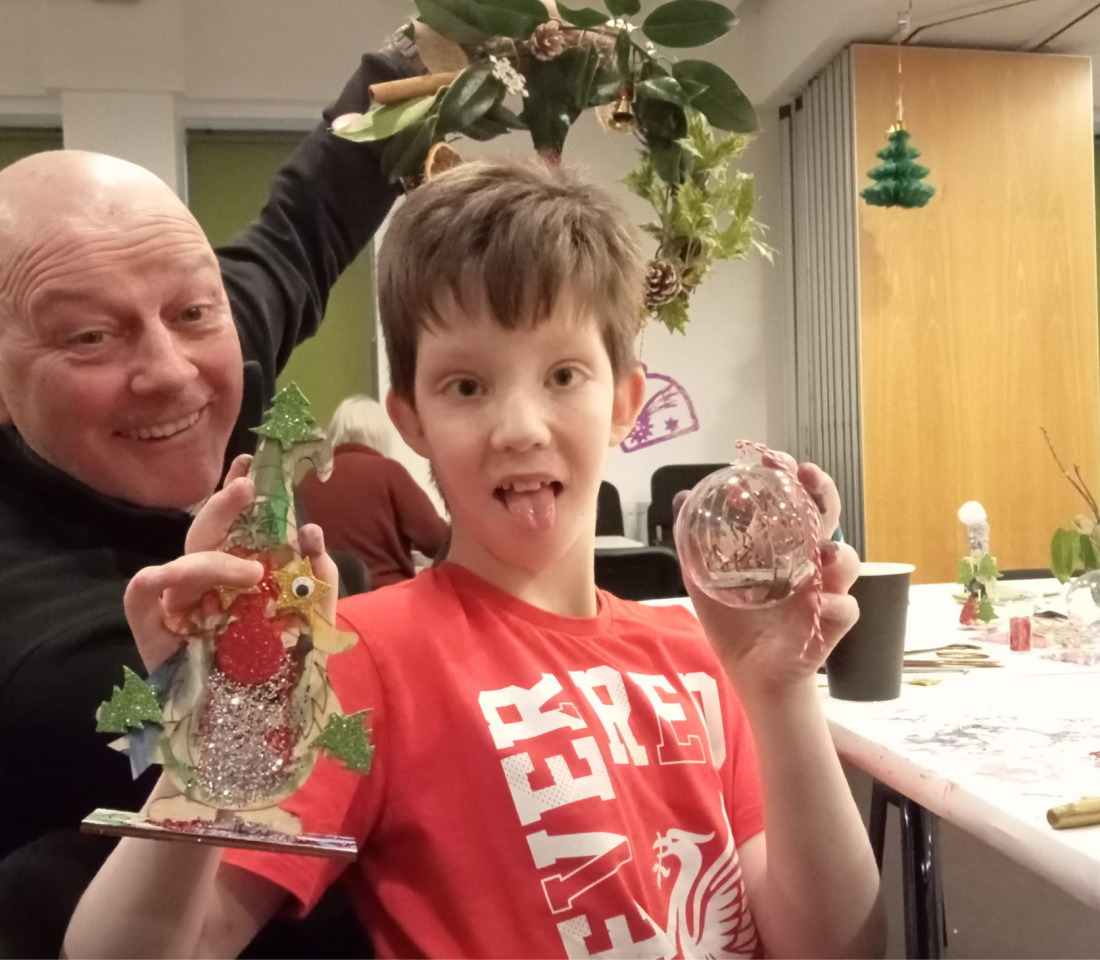
Guest post: Five neurodiversity myths every employer must challenge
An increase in searches for ‘dyslexia at work’ and ‘ADHD workplace’ highlights the need to challenge myths around neurodivergent employees
New research by Bupa UK has revealed there is a greater need for neurodiversity awareness in the workplace, after more people than ever turned to Google for support.
Naomi Humber, Head of Mental Wellbeing, said an increase in Google searches for ‘dyslexia at work’ and ‘ADHD workplace’ highlights the need to challenge the biggest neurodiversity myths in the workplace.
Both employees and employers have turned to Google over the last 12 months to understand more about how to support neurodivergent employees, with figures showing:
- A 120% increase in Google searches for ‘neurodiversity at work’
- A 91% increase in Google searches for ‘ADHD workplace’
- An 86% increase in Google searches for ‘autism workplace’
- A 53% increase in Google searches for ‘working with ADHD’
- A 22% increase in Google searches for ‘dyslexia at work’
Naomi has shared her views on why there has been such a surge of searches around neurodiversity on Google and revealed why companies must embrace every employee’s unique self to create a happy, productive and healthy workforce.
The importance of neurodiversity in the workplace
Neurodiversity is a term that explains the different ways we think, process information, and relate to others.
Neurodivergent employees can bring unique skills to their role, such as problem solving, spotting trends, creativity, and data analysis.
Where you sit on the cognitive spectrum is unique to you. Whilst most people think and act in a way that society perceives as the ‘norm’ (neurotypical), one in seven people are neurodivergent. This means they behave, think and process information in ways that are different to most other people.

Autism, ADHD, dyslexia, dyspraxia, dyscalculia, and Tourette’s syndrome are all examples of neurodiverse ways of thinking and behaving.
However, many workplaces and working practices are not inclusive of neurodiverse ways of thinking, which can create barriers for neurodiverse employees. It may lead to discrimination, pressure, and underperformance.
While awareness around neurodiversity has increased, there are still common misconceptions when it comes to neurodiverse individuals – especially in the workplace.
To support neurodivergent employees and break down stigmas, it’s important to understand and debunk common workplace myths. Here, Naomi addresses five common neurodiversity misconceptions.
1. Neurodiversity only includes autism
Whilst autism is a neurological condition, ADHD, dyslexia, dyspraxia and Tourette’s syndrome are also examples of neurodiversity.
Neurodiversity recognises the biological differences in the way people think and feel, and doesn’t solely focus on autism.
As an employer, recognising and understanding the different neurodivergent conditions can help best support neurodiverse employees.
2. Neurodivergent individuals are similar
This isn’t true – we all sit at different places on the cognitive spectrum, meaning the way we think, behave and process information is unique to us.
However, neurodivergent individuals often have thought processes which are more unique than most people. Therefore, the skills and barriers neurodivergent employees face in the workplace are unique to them.
A neurological diagnosis does not mean all individuals experience the same challenges or talents as each other.
3. Neurodivergent employees are unable to succeed in the workplace
A common misconception is that neurodiverse individuals are unable to succeed in the workplace.
While some neurodivergent individuals may face challenges at work – for example, difficulty concentrating or adapting to change – many will think outside the box and be more creative and innovative.
This can lead to higher productivity levels than neurotypical employees.
4. Neurodiversity is a mental health condition
Conditions which people consider neurodivergent are not mental health conditions, they are neurological differences in the way individuals think and process information.
Neurodivergent people are at a higher risk of experiencing mental health conditions, so it’s really important to provide appropriate support to help neurodiverse employees with mental health concerns.
5. Only men are affected by neurodiversity
It is a common misconception that conditions like autism and ADHD are rarer in women. Thousands of women are diagnosed with neurological conditions like these and others in the UK each year.
Previously, old stereotypes between male and female gender norms and social behaviours often left many women undiagnosed. However, gender should not be a factor in accepting a request for adjustments or diagnostic support.
How to support neurodiversity in the workplace
As an employer you can support your employees’ health and wellbeing by supporting their unique talents and understanding their individual needs.
Get to know more about your team member’s neurodivergence. For some employees, supportive technology and equipment such as dictation tools or daily planners can be helpful.
Consider your working environment, as many aspects of a typical working environments can cause challenges or barriers for neurodiverse employees. For example, bright lights and noisy open-plan offices can be difficult for people with sensory challenges.
Encourage awareness of neurodiversity in the workplace. This can help to educate all employees on the barriers some employees can face in the workplace, as well as celebrate the unique strengths they bring to a team.
If you’re a manager, there are lots of resources available to help you to support neurodiverse employees, breakdown any stigmas and create an inclusive workplace – including The Brain Charity’s neurodiversity training here.
Categories: Employment, Guest blogs, Neurodiversity
Published: 28 April 2022














